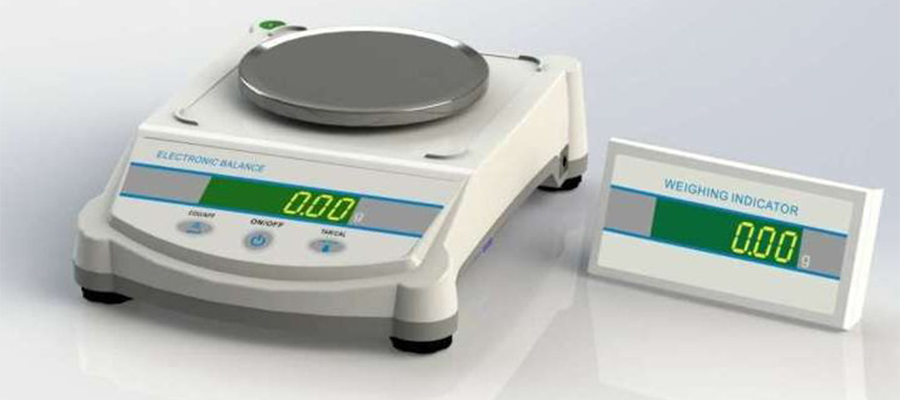
6 Steps to Buying the Best Weighing Scale for Your Needs
Choosing the best weighing scale for your business can be quite a challenge, with an ever increasing variety of weighing scales and balances on the market today, it can be difficult to know which is the best weighing scale for your needs - Do you need a scale to checkweigh items as part of a packing procedure? Are you looking for a high performance analytical or precision balance for intricate weighing tasks? Or, are you simply looking for a portable,easy-to-use scale for teaching students mass measurement concepts? We have provided a our 6 top tips for selecting a weighing scale to suit your needs.
1) Know what you want to weigh with your scale
What is the balance or scale going to be used for or where is it going to be used? Will it be interfaced to other equipment? Some example applications include:
- Research laboratory testing
- Quality assurance testing
- Education - university or high school
- Manufacturing
- Shipping and receiving
- Counting parts
2) How much readability is needed?
Readability is the smallest division a balance or scale can display. For every application there is a requirement for the level of precision needed in the results. It is recommended to use a balance or scale with readability better than the desired result to ensure an accurate measurement. For example, if results are needed to the nearest 0.1g, a balance with 0.01g readability is usually recommended.
3) How much capacity is needed?
Capacity is the maximum weight the balance or scale needs to weigh. It should include the weight of containers that might be used as well.
4) Which weighing units will be needed?
Most balances and scales can display results in different units such as grams, kilograms, pounds, ounces and many more. Certain applications require particular weighing units. For example, scientific laboratory applications typically require grams and milligrams, whereas jewellers' measuring precious metals will use pennyweights or troy ounces, and food applications may require ounces.
5) How large does the weighing pan/platform need to be?
The application can determine what pan size is needed. The weighing pan must be large enough to accommodate the items being weighed. The location of the weighing machine may also affect the pan size; space restrictions may require a smaller size. In general, when weighing goods they should not be placed on a pan or platform such as to exceed more then one third of the platform size in any direction.
6) Other Considerations
There may be many other features available that will help determine the best choice.
- Is there a preference for internal calibration or external calibration? See our range of calibraton weights
- Is there need to perform below-balance weighing?
- Will moving animals be weighed where the dynamic weighing feature will be helpful?
- Is a USB or RS-232 connection needed for data collection or data output?
- Is there a need for density/specific gravity determination? Balances such as those found in the Nimbus series perform this calculation automatically.
- Are there any workplace issues that might require lockdown capability for your device?
If you require further guidance in selecting the best scale for your needs, please contact us directly after considering the questions above - We are happy to recommend a scale to suit your requirements.

